Capcom makes hunting into a gosh darn narrative
The moment that the hands-off demo of Capcom’s Monster Hunter Wilds began at my Summer Game Fest appointment, I knew that this was going to be an incredibly special game. I’ve played MonHun in the past, owning 5 or 6 editions of the games, and when the series finally “clicked” with me I realized how much of a precise, step-by-step loop it was meant to be. We’re not supposed to hack at a beast and walk away a winner, we need to play to its strengths and weaknesses.
Wilds both reaffirms this notion and blows it out of the water. Or desert, in this case. Because, this demo that I was watching unfold was a spectacular exposition of monster hunting as an art form.
Much like previous games in the series, we have a hunter with a weapon, a plot built around some mystery, and environments that are massive and detailed. Oh, and monsters, too. The demo kicks off as our Hunter and their companions set off from a base camp to a town known for its cheese (yes, CHEESE). It’s stunning seeing the world unfurl around the mounted riders as they race to the town, and once the munitions and supplies are set, they’re off to hunt their big target: the Alpha Doshaguma. This is most successfully done by understanding the time of day (there’s a day/night cycle) and the general feeding grounds that the beast tends to be found at, and then opening the map to set the target. The maps are huge, with minimal to no loading times between the zones — it really does feel like a giant open world, but that statement is a monument to the developers pushing this hardware to make it truly feel next gen.
As Monster Hunter has grown and developed as a series, so have its systems and AI evolved. In Wilds the enemies are as much a part of the environment and tools as they are the target; we can set up mobile base camps, but the monsters can destroy them if we leave them unattended for too long. That’s why, the developers tell us, it’s important to store less these camps, keeping most things within our own reach or we may lose valuable assets if a beast wanders too close.
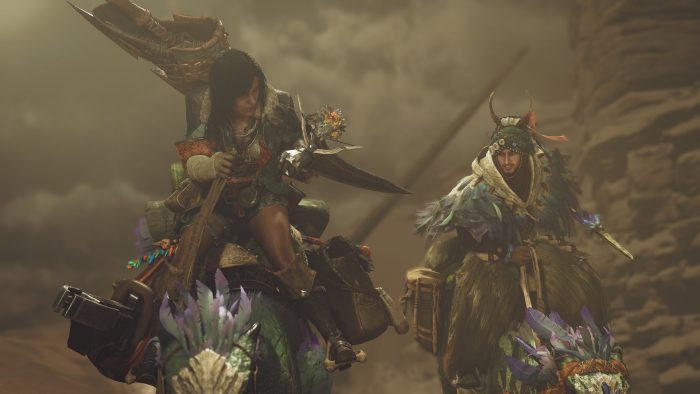
The Doshaguma that we’re on the trail of is an Alpha, and it roams with a pack of three others. The monster itself is part gorilla, part bison, and all angry — and the battle itself turns out to be just as violent and loud as the thing we’re hunting. As the battle takes place, some typical Monster Hunter ideas fall into place: watch, plan, attack, and chip away. But this isn’t just a typical MonHun. This is something that changes, and it changes quickly. As our intrepid Hunter starts to engage with the Alpha, the subordinate Doshagumas keep getting in the way, so it’s important to try and get the big guy separated. That’s obviously easier said than done, as all of them are antagonized and biting at a fever pitch. The best way isn’t to take them all out but to play to the Alpha’s strengths, and that includes using the monsters as an environmental aspect. The Hunter begins to move away from the pack, and the pack gives chase until eventually we come across another monster’s sand trap. As this is a huge trap, the Doshagumas all get sucked in, with only the Alpha being the strongest one able to claw out and escape and continue its chase.
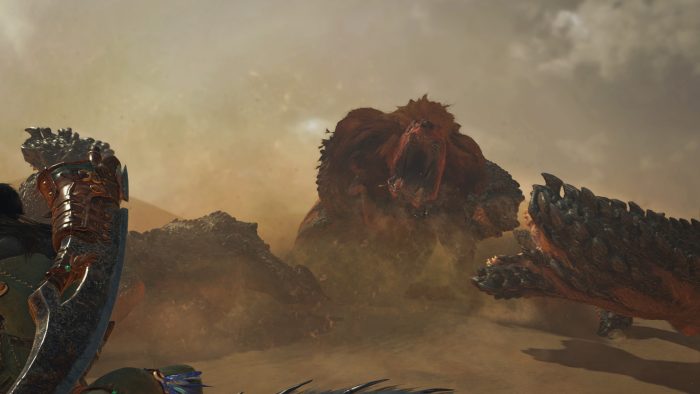
Back in the cheese town of Kunata we heard about an incoming sandstorm. Monster Hunter Wilds has environmental storms that can alter battles and make them perilous for us and for the enemies. Well, the sandstorm is about to arrive, but instead of running away we head directly into it. Sure, the Alpha Doshaguma may become even more violent, but the damage it takes will be greater. When the storm finally hits it looks and sounds and feels like something out of DUNE, with wind whipping around and visibility down to zero. We can hear the monster screaming and see it flailing, and the Hunter does their best to avoid and attack. The storms are wild (WILD!) and yet should we survive we’re treated to something akin to an Eden that greens the world around us. We can suddenly heal up and take a quick breather, gathering some resources as the terrain moves from being engulfed in sand to being engulfed in life.
It’s at this point we set up a new temporary base camp, set our secondary weapon, and call in help from some friends to join us in our hunt. And then we’re off, for hopefully the final part of the hunt — except the Doshaguma still has a considerable amount of health left, even though it’s showing the scars of the battle.
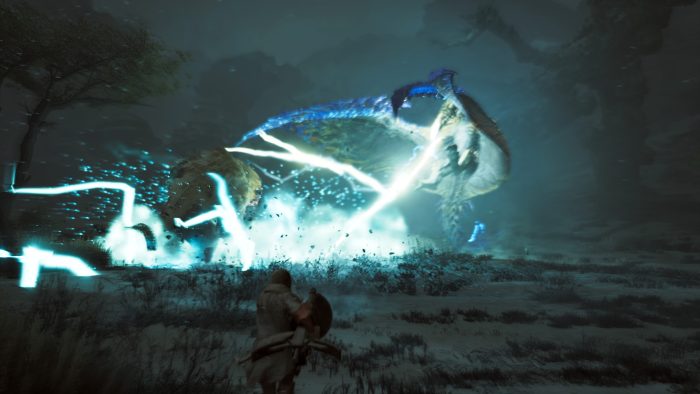
And that’s when the developers remind us that we can use monsters as tools, too. The hunting team leads the Doshaguma to the den of an Apex level predator, which begins to battle it over territory. The Doshaguma knows that it’s clearly outmatched and tries to escape, but not before the Apex beast uses attacks and lightning to wear it down to a much more manageable level. With the Alpha Doshaguma now hurting, and us at a safe distance from the Apex, we stop, turn, and fight. And fight. And fight. Explosives are set, our Hunter quickly switches to the secondary weapon (from the back of their seikret mount) and goes all in until the best is felled. Out comes the hunting knife.
The entire sequence, the full hunt, takes somewhere around 25 minutes and is completely exhilarating. It’s easy to use the words “edge of our seats” but it was at that level, we were all leaning in. It felt like watching a high-production cinematic, not an actual in-gameplay fight, and it proved the power of the newest generation of consoles.
When Monster Hunter Wilds finally lands in our devices in 2025, it’ll bring with it some of the biggest advances in the series and open up a massive world that could leave us catching our breaths.
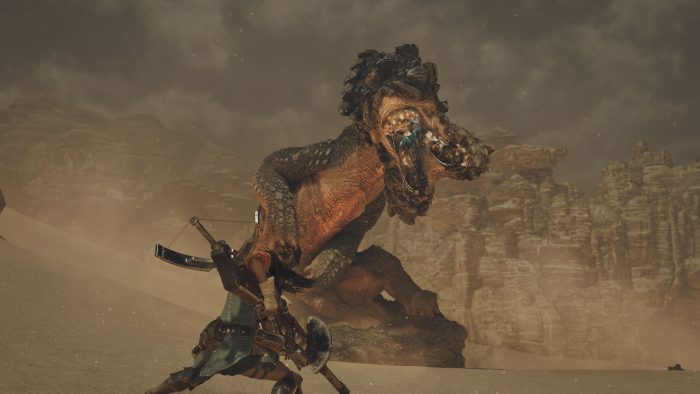
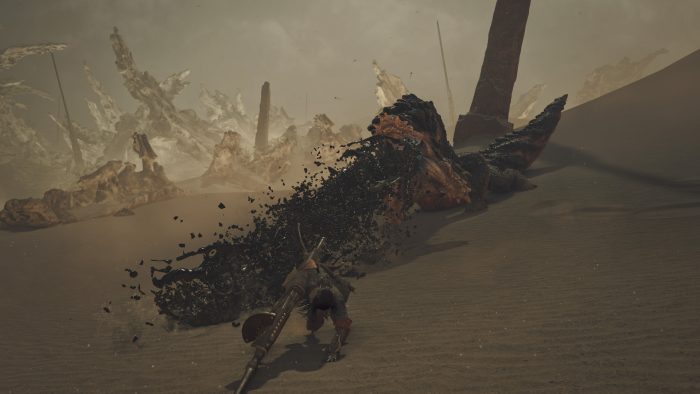
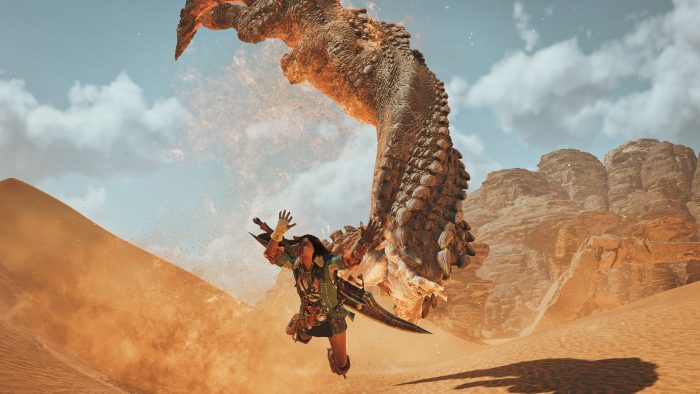
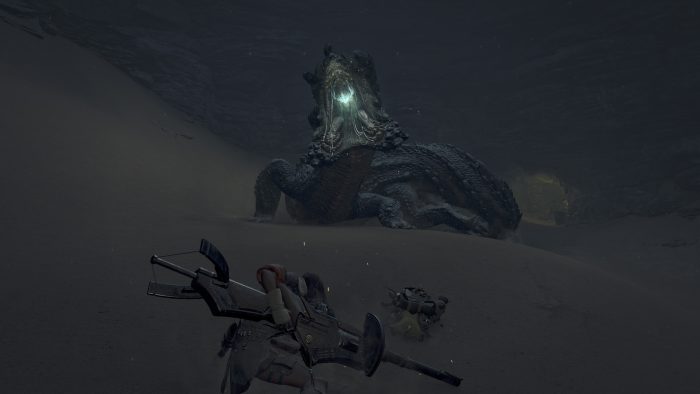
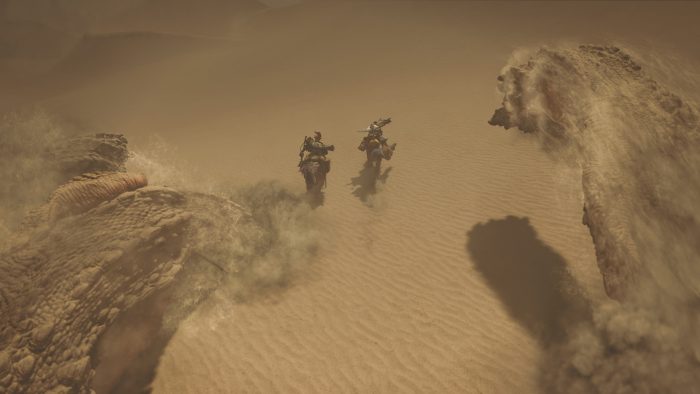
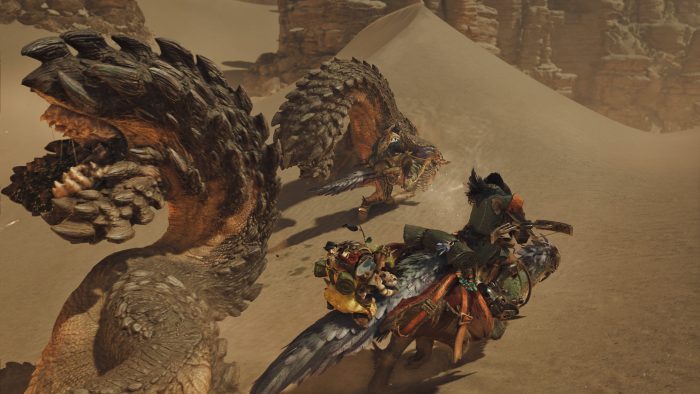
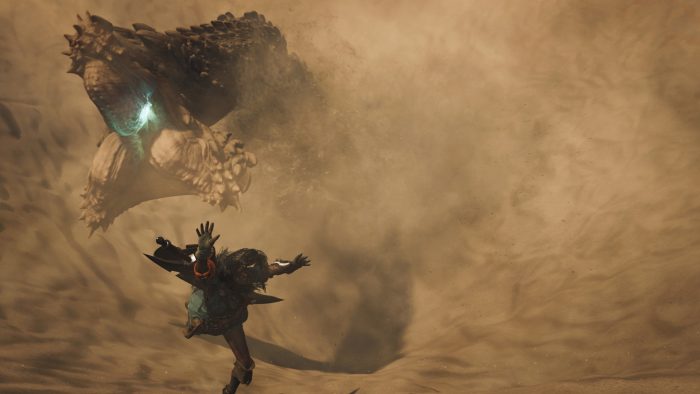
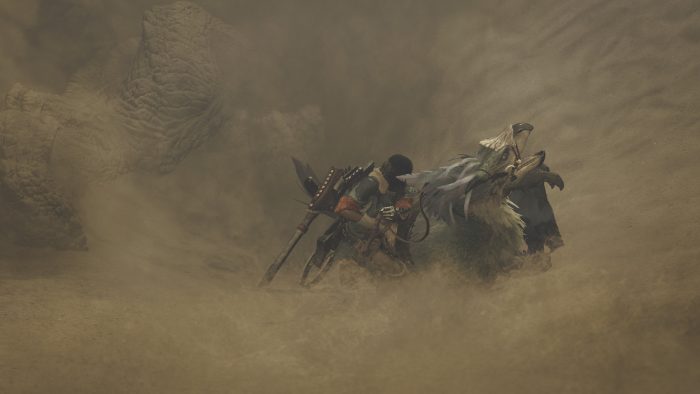
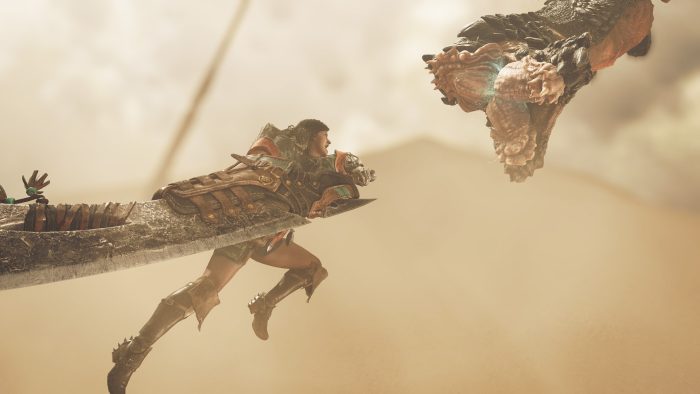
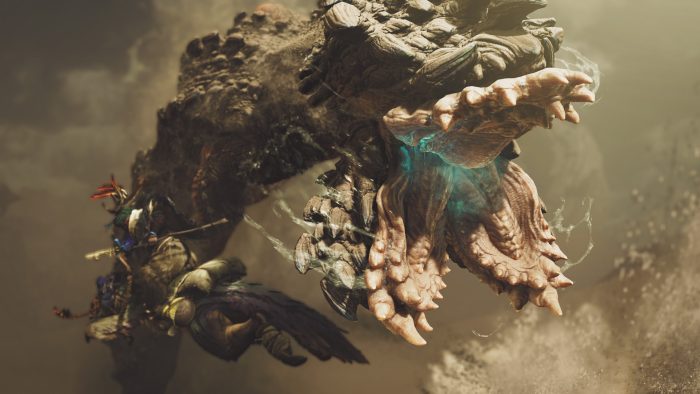
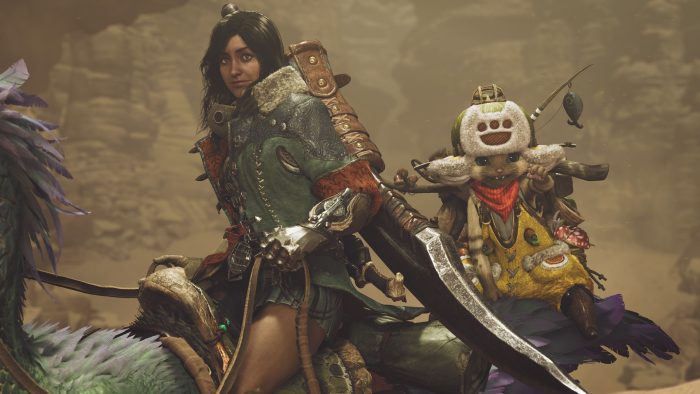

![[Preview] Monster Hunter Wilds is cinematic next gen hunting](https://www.sidequesting.com/wp-content/uploads/monhun-wilds-preview.jpg)
No Comments